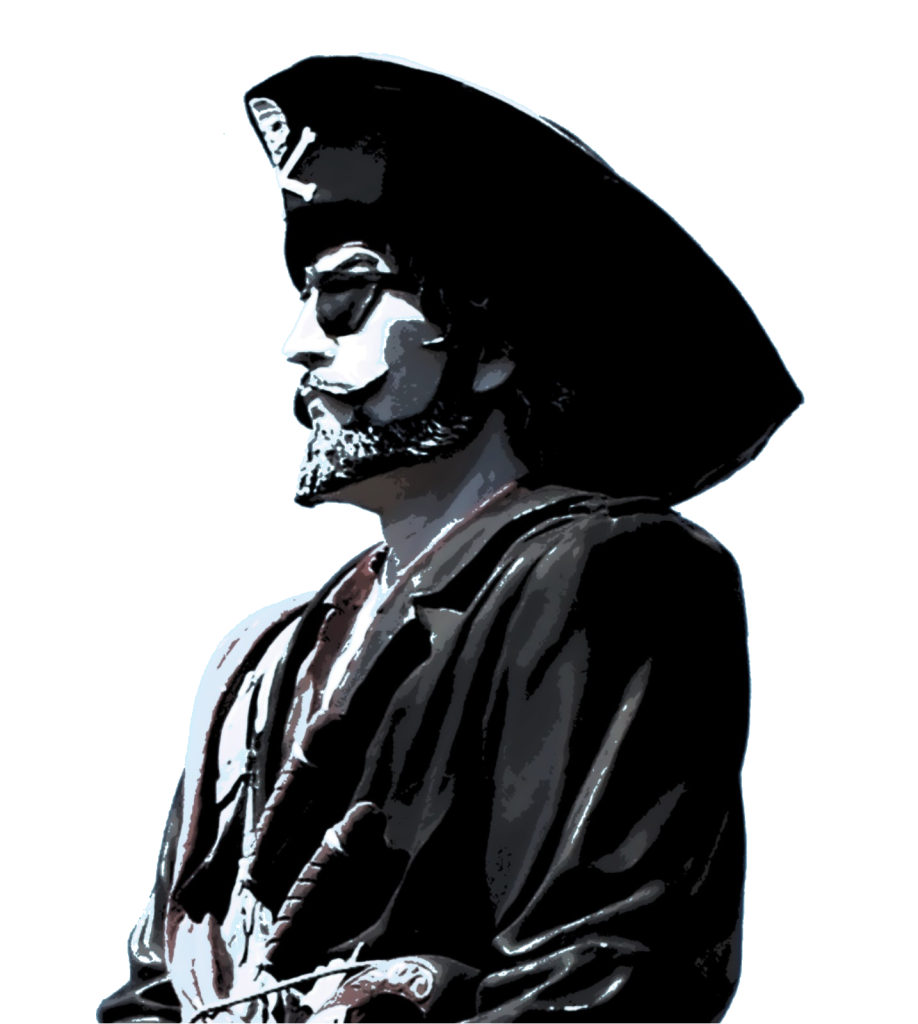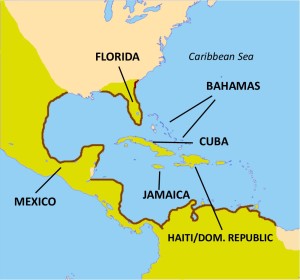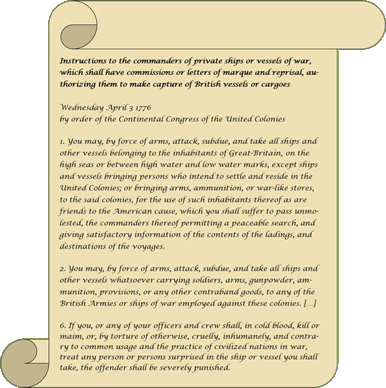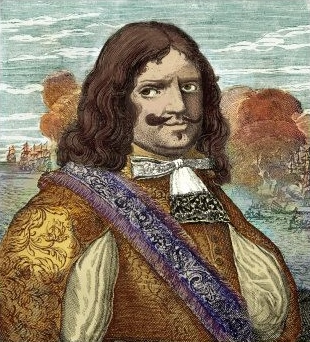A pirate is someone who commits robbery on the high seas (instead of on land). The “classic” pirate image below represents a figure from the Golden Age of Piracy, when buccaneers dressed like their compatriots in the seventeenth and eighteenth centuries. But piracy has been around as long as people have been able to sail, and it continues today, particularly in the Indian Ocean off the coast of the African country of Somalia.
Privateers
A privateer was what you might call a legal or licensed pirate. A privateer was issued a letter of marque, a document that gave the privateer permission to do what pirates do best—rob, attack, and plunder other vessels or towns in ports or on the open sea. Kings, queens, or noblemen would grant letters of marque to privateers to act as one-ship armies, seizing the ships and goods of nations hostile to them. The letter of marque protected the privateer from being arrested for these crimes. While bound to abide by the law, many privateers ended up turning pirate in the end. Below is an excerpt from an agreement the American Colonies signed with privateers who helped them in their fight against the British in and before the Revolutionary War. Click on the image to enlarge it, or read the entire agreement here.
Buccaneers
In the 17th and 18th centuries,  buccaneers became the most daring and feared pirates in the world. The term comes from the French boucan, which was a kind of smoked meat produced in Hispaniola (modern-day Haiti), part of a buccaneer’s territory. Buccaneers were the original pirates of the Caribbean.
buccaneers became the most daring and feared pirates in the world. The term comes from the French boucan, which was a kind of smoked meat produced in Hispaniola (modern-day Haiti), part of a buccaneer’s territory. Buccaneers were the original pirates of the Caribbean.
The Spanish Main, an area belonging to Spain, encompassed what is today Central America–the area of the Bahamas, Hispaniola, Jamaica, and Cuba. Just as in the film The Pirates of the Caribbean: The Curse of the Black Pearl, the island of Tortuga (off the northern coast of modern-day Haiti) was a big buccaneer stronghold. The map at left shows the area with modern-day names.
One of the most famous buccaneers was Captain Henry Morgan, who based himself out of Port Royal, Jamaica, and earned himself a fine living as someone as a sometime-pirate, sometime-privateer. His attack on Porto Bello alone yielded him over $5 million in today’s money.
Corsairs
Those who robbed and plundered the Mediterranean Sea were called corsairs. These men also sometimes operated under letters of marque, adhering to certain rules and earning the title of privateer. Often they worked in allegiance to Turkish tribal leaders, principally along the Barbary coast (North Africa) in the 1400-1500s. While the Muslim Turks considered the corsairs to be privateers, the Christian Mediterranean countries (France, Spain, and others) often didn’t recognize the Turkish authority and deemed the corsairs to be pirates.
Back to the main Pirate Lore page













